Bu ay, Planet Classroom Network audiences can screen Kayıp Dünya, a documentary from Director Kalyanee Mam. The film tells the story of one woman’s relationship with her home in Cambodia. Kayıp Dünya documents the sand dredging on the mangroves and the impact this is having on the lives of the people who live in the surrounding ecosystem. Mam’s film is the winner of The Eric Moe Award for Best Short on Sustainability.
Kalyanee Mam was born in Cambodia during the Khmer Rouge regime, which took the lives of nearly two million people. She and her family were forced to flee their homeland, eventually arriving in the United States in 1981. Her acclaimed films have told stories about war and refugees, about families threatened and displaced by the destruction of their land, about forests and rivers, kültürler, traditions and myths.
Eğitim Global Arama is pleased to welcome Kalyanee Mam.
I really appreciate the focus your film gave to this important issue. Since the film’s release, what progress has been made on stopping the dredging that is clearly devastating local communities.
Since the film’s release, the work of community members and activists from Mother Nature Cambodia, a local environmental grassroots organization, succeeded in a temporary moratorium being placed on the dredging and shipment of sand to Singapore. Ancak, conversations with community members show that sand dredging and the shipment of sand to neighboring countries still continue.
Kayıp Dünya had no script. Phalla simply tells her story about her community from personal experience. Why did you choose this approach and how do you believe it conveys the crisis?
Phalla conveys the crisis by sharing with us her rich and beautiful way of life with her family and community, her intimate relationship with the mangrove forests, and what she’s lost since the sand dredging began. One of the very first stories Phalla shared with me was of her moonlit visits to the island of Koh Kabong. Whenever she felt sad or lonely, she would ride her boat out to the island, throw down her anchor and sleep there with the moon and stars above her and reflected in the still water below. Being there made her feel not so alone anymore. But since the sand dredging began, Koh Kabong has disappeared and so has her island of refuge. Filmde, Phalla speaks eloquently about this loss. Phalla says, “Without land we are like a people without an identity, without beliefs, without a present or a future, like refugees without a true homeland.” In Khmer, “without a present or a future,” or at mean kbal tumnaek chong chung, literally translates to “without a place to rest one’s head and feet,” without a bed, without a home, without land. As refugees displaced, without a place to rest and just be, there can be no present or future.
By drawing upon Phalla’s personal experience, I wanted you, the viewer, to connect with Phalla and to imagine yourself in her position and to imagine what it might feel like to lose your home or have something you love taken away from you. Once you can feel empathy for what Phalla has been through and you can understand the magnitude of her loss, maybe you can also see how destructive our modern practices of mining and dredging can be.
What made you choose this topic to create a film around? What important lessons did you learn during the filming process?
I was first invited by Mother Nature Cambodia to visit the mangrove forests and to witness the sand dredging that was taking place. I had never seen anything like this before. I’ve witnessed the bulldozing of land, the destruction of people’s homes and of trees and forests, but I had never before seen sand from our homeland dredged from the bottom of the ocean, piled onto massive ships and hauled away to build the landmass of another country. Phalla told me when she sees this she feels as if her own body is being ripped and torn apart. That’s how connected Phalla feels to the land and to the mangrove forests. That’s how connected I wish we could all feel to the land and forests and oceans around us.
What do you want viewers’ biggest takeaway to be after watching your documentary?
After watching this documentary, I hope your biggest takeaway is to understand how interconnected and intertwined our lives are. Just as Phalla’s community depends on the oceans and the mangrove forests to survive, so we also depend on the mountains and rivers and valleys for our livelihood. And when our homes are destroyed to provide benefit, profit or even entertainment for someone else, this loss has destructive and rippling effects.
What would you advise activists interested in this topic, outside of just learning more about the problem, to do to help this cause?
I would recommend becoming an activist in your own backyard, okul, neighborhood, şehir, county or state. Get to know your local parks, forests, and public spaces. Walk through them with the intention to learn about the plants and trees, animals and insects, and fungus that live there. How do they live? What are their relationships with one another? Nurture your relationship with them. The more you know and connect with the natural world around you, the more you will begin to love and feel connected, the more you will want to live with them and make sure they stick around too. This is how Phalla nurtured her relationship with the mangrove forests and why she fought so hard to protect them.
SANTİMETRE. Rubin and Kalyanee Mam
Kaçırmayın Kayıp Dünya, a documentary from Director Kalyanee Mam, Planet Classroom Network'te.

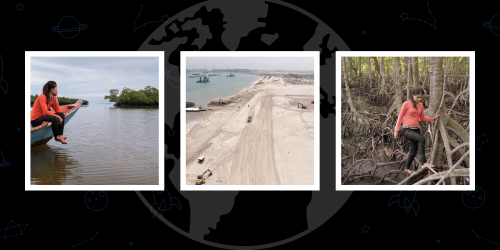

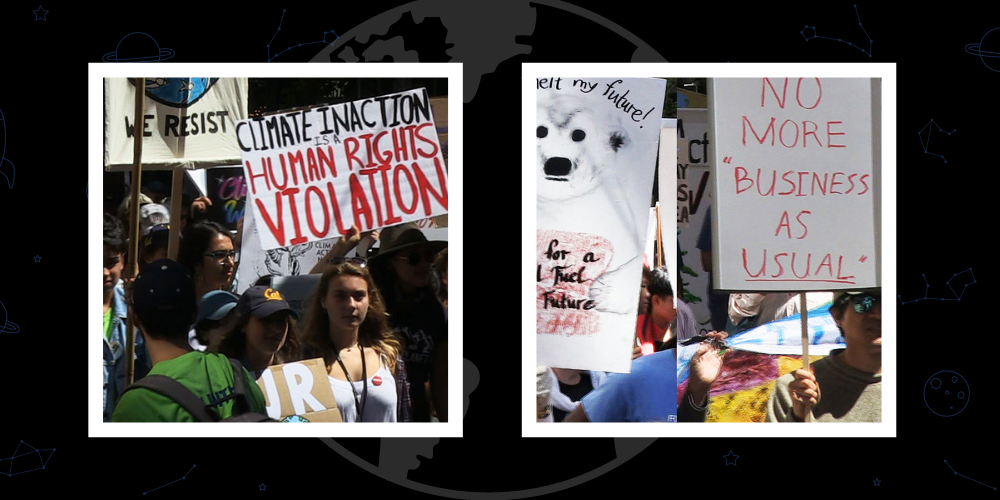
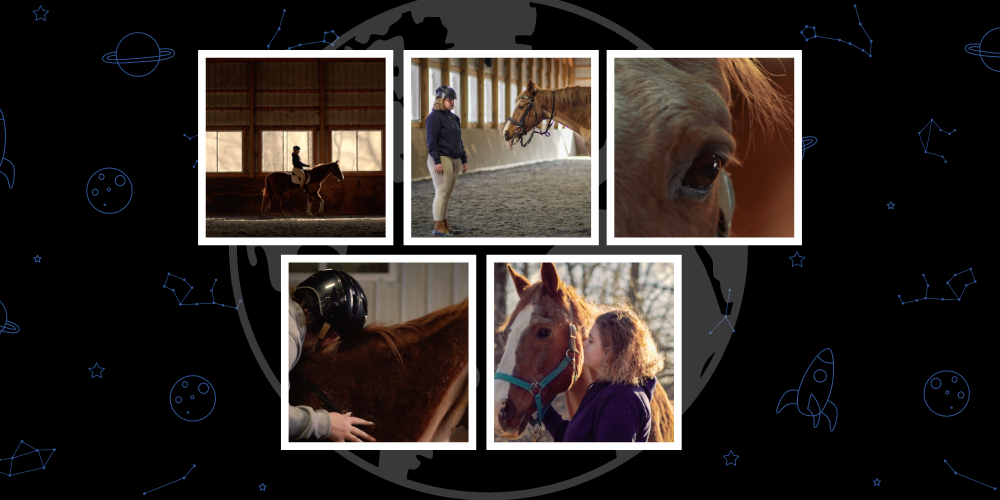
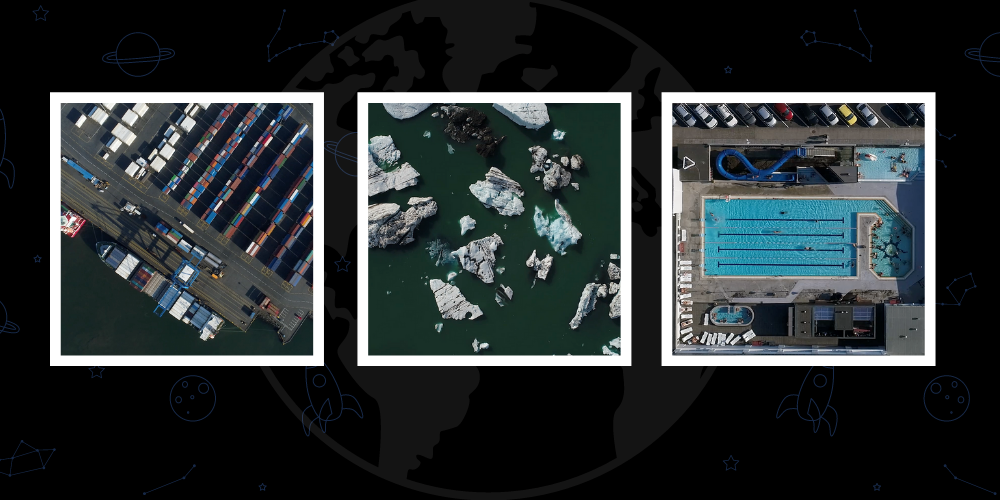
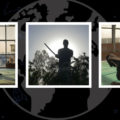
Son Yorumlar